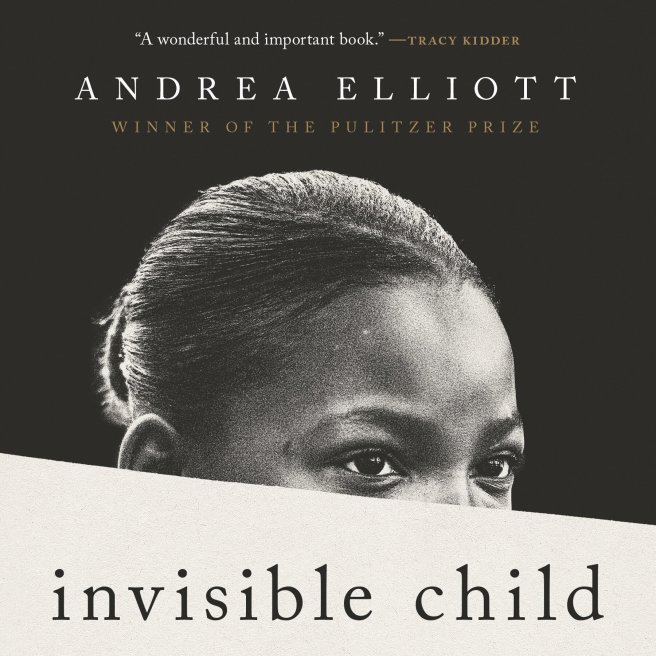She called her living arrangement “the house,” even after her family was moved into one cramped room. She choreographed her own privacy, taking turns with her siblings to undress while the others looked away. They maneuvered around the shelter’s rules as well. Residents were banned from bringing in bleach, yet the janitors refused to clean the bathrooms. So the children swiped the janitors’ bleach and scrubbed the floors themselves. On the outside, Dasani seemed steady. She kept a poker face when the staff scolded her thirty-three-year-old mother as if Chanel were a cheeky adolescent. Yet these episodes left their mark. “Sometimes it feels like, ‘Why you guys messin’ with my mom?'” To mess with Chanel was to mess with Dasani. There was no separating mother from daughter. They felt the same anger, the same humiliation. Feelings passed between them like oxygen.
Still, Channel tried to shield Dasani from the worst things… Smaller degradations were part of daily life.
— Andrea Elliott, Invisible Child Poverty, Survival & Hope in an American City (Random House, October 5, 2021)
One of the Ten Best Books of the Year by New York Times Book Review: “Dasani Showed Us What It’s Like to Grow Up Homeless. She’s Still Struggling.”
